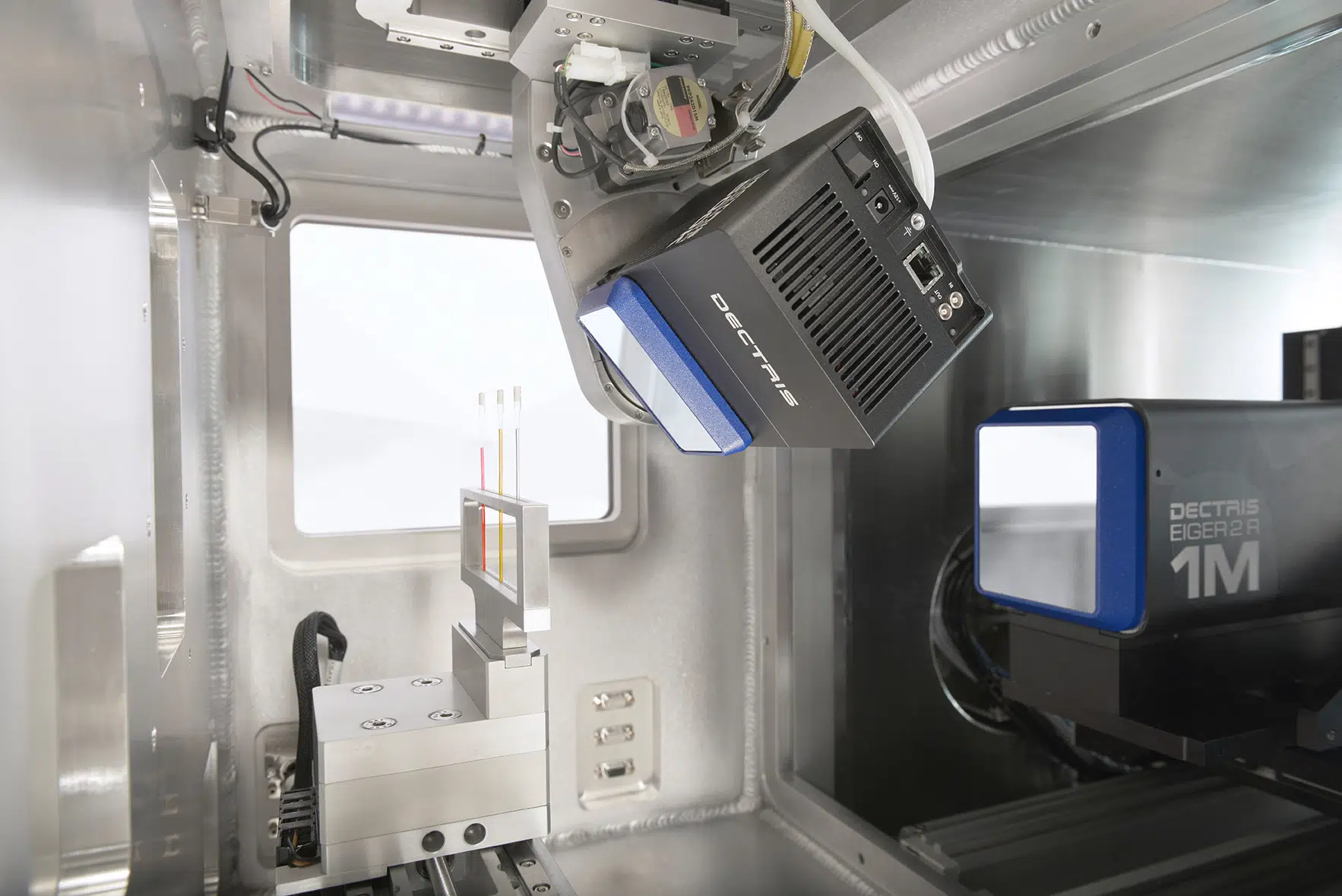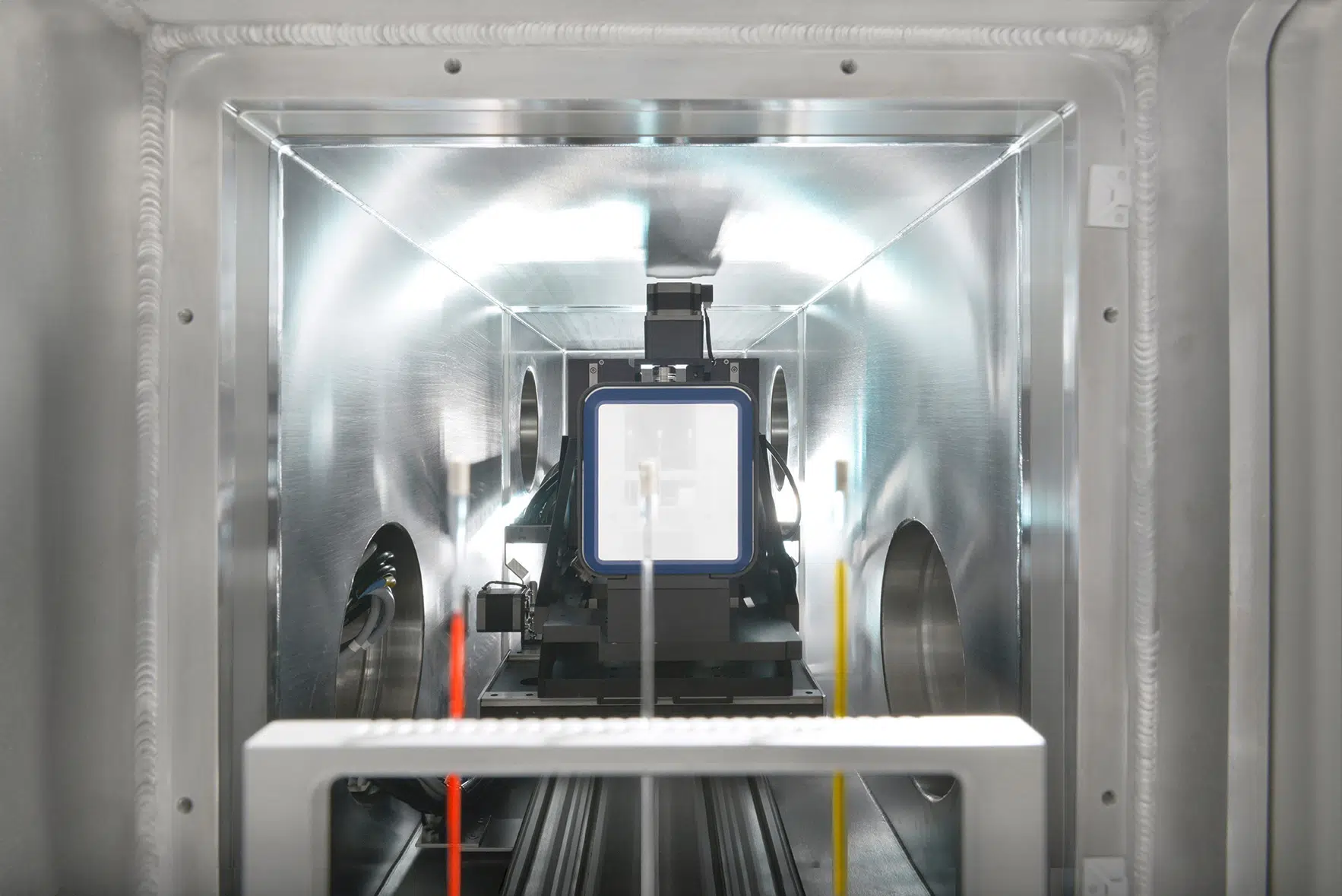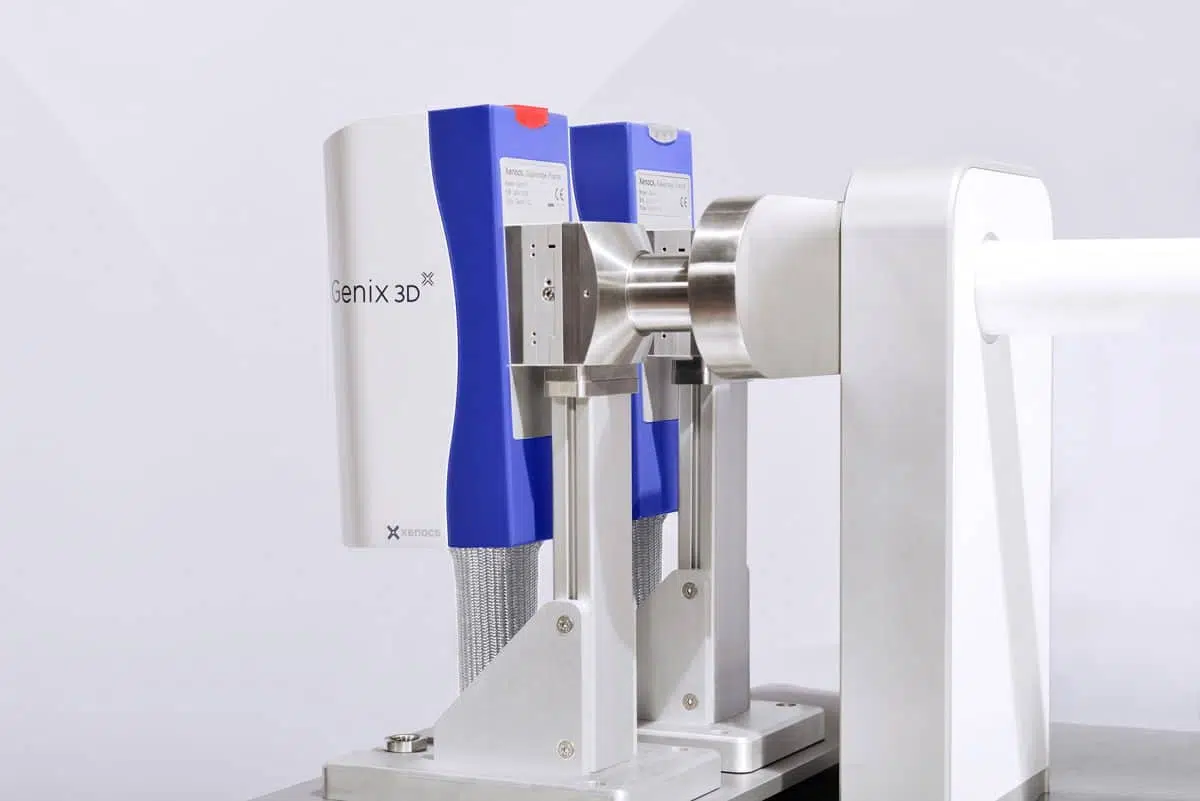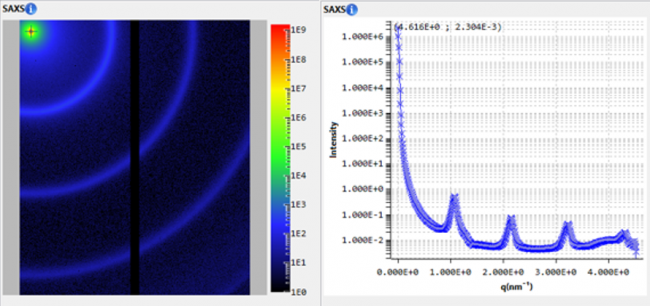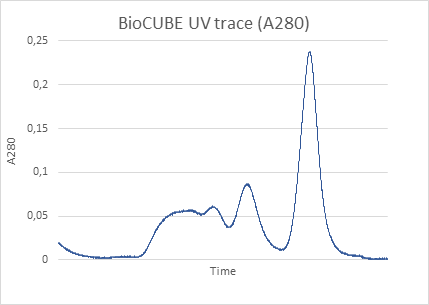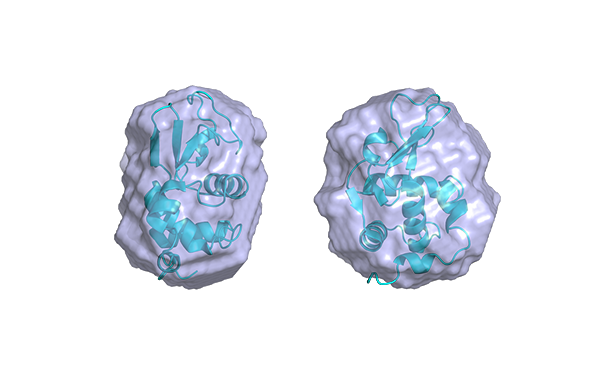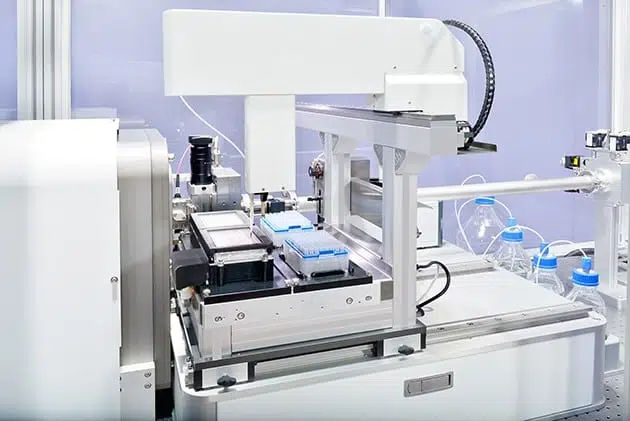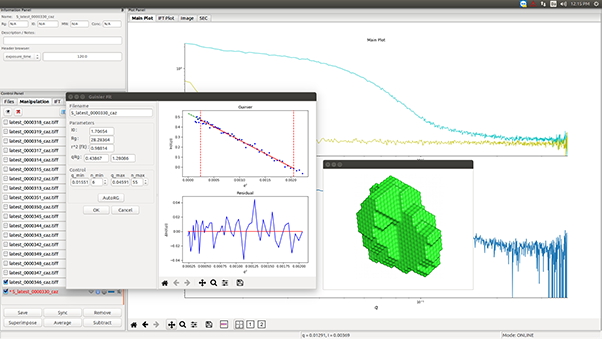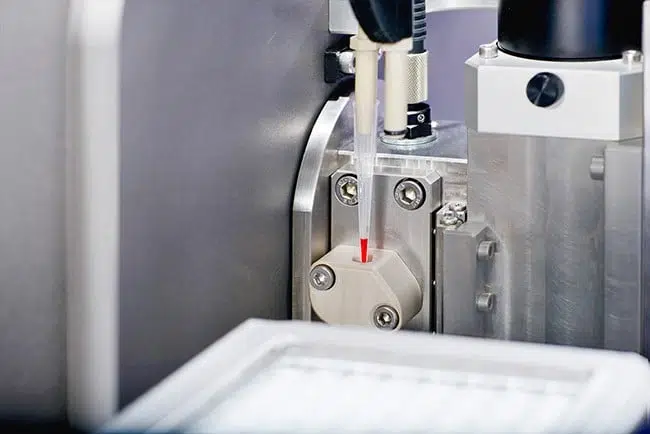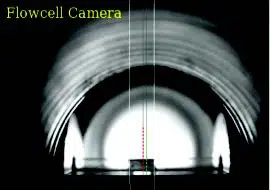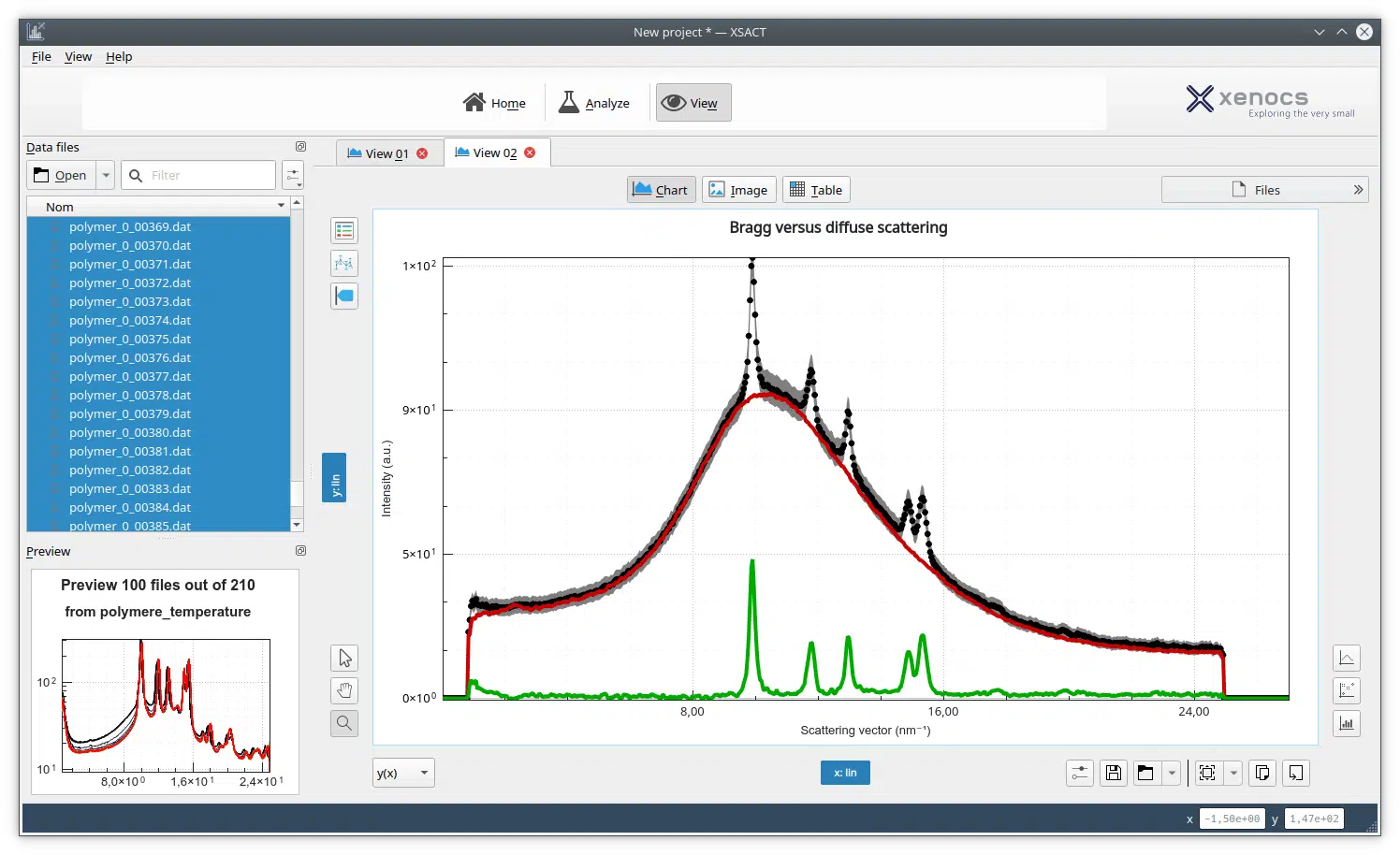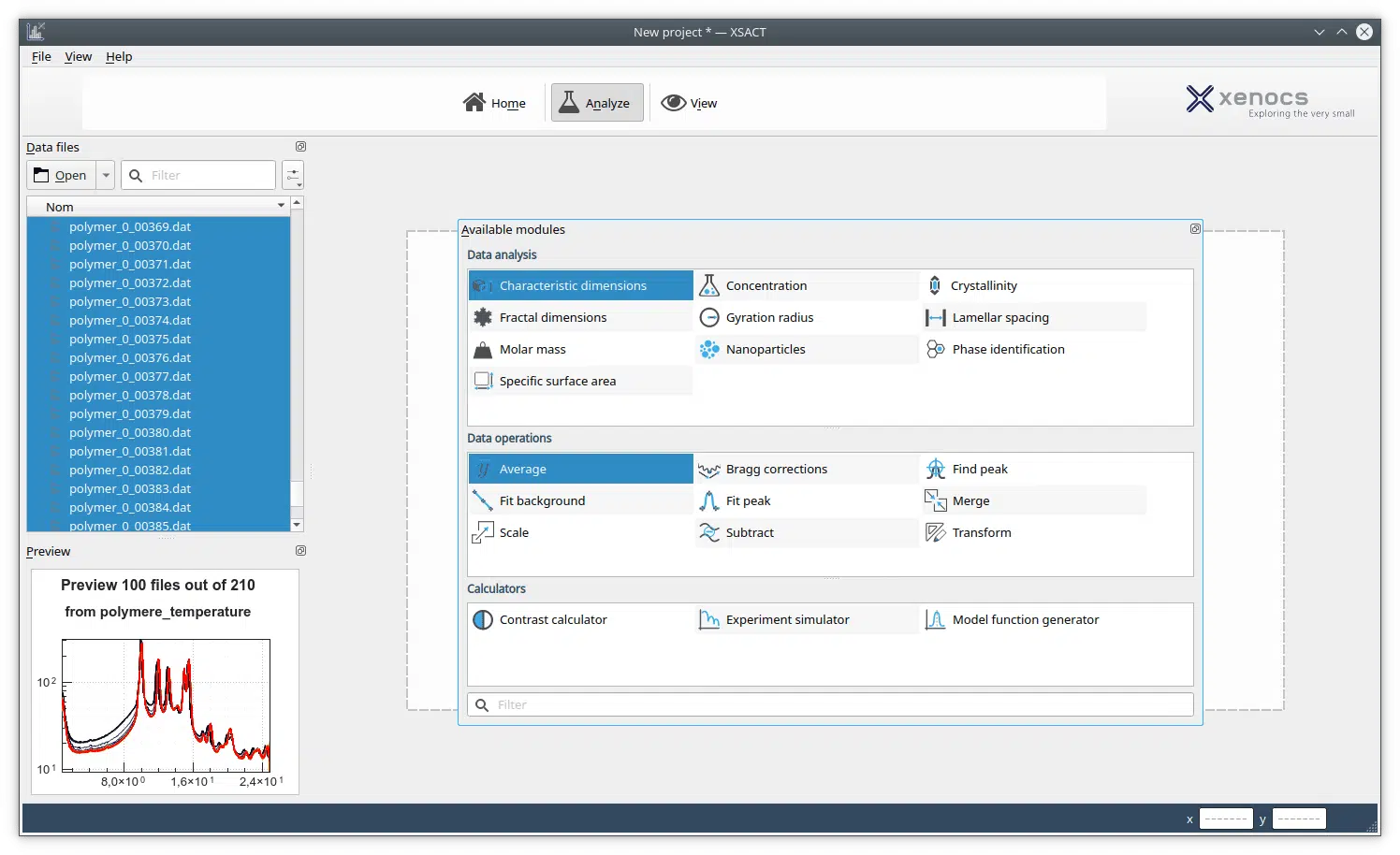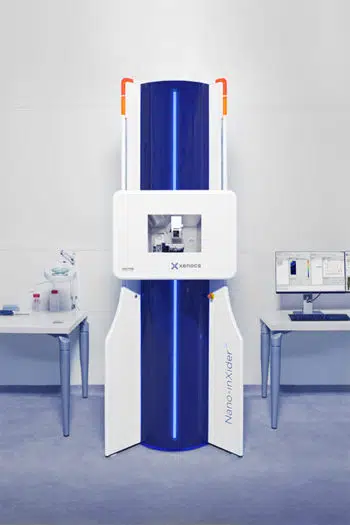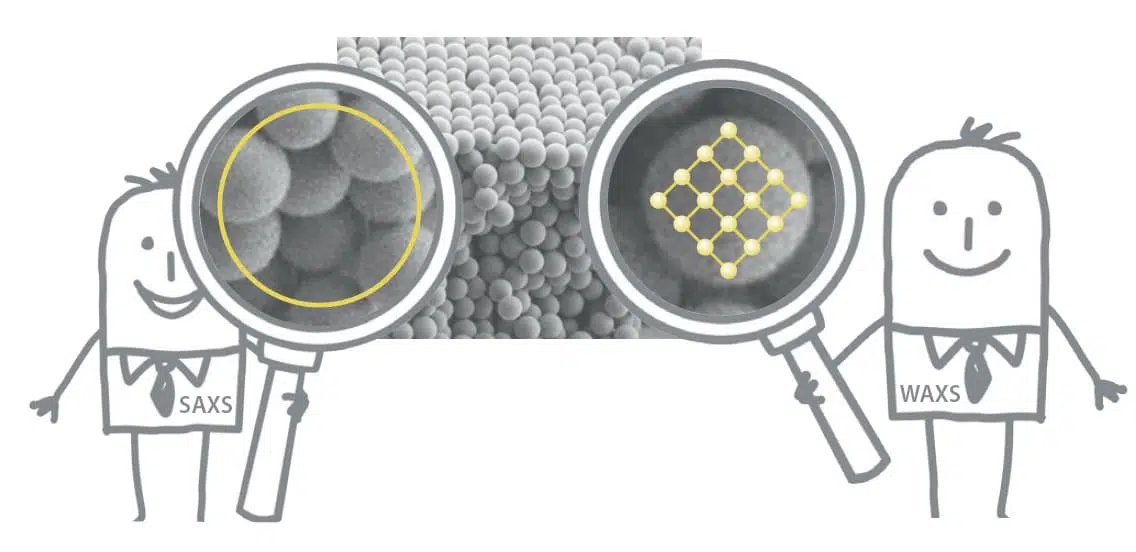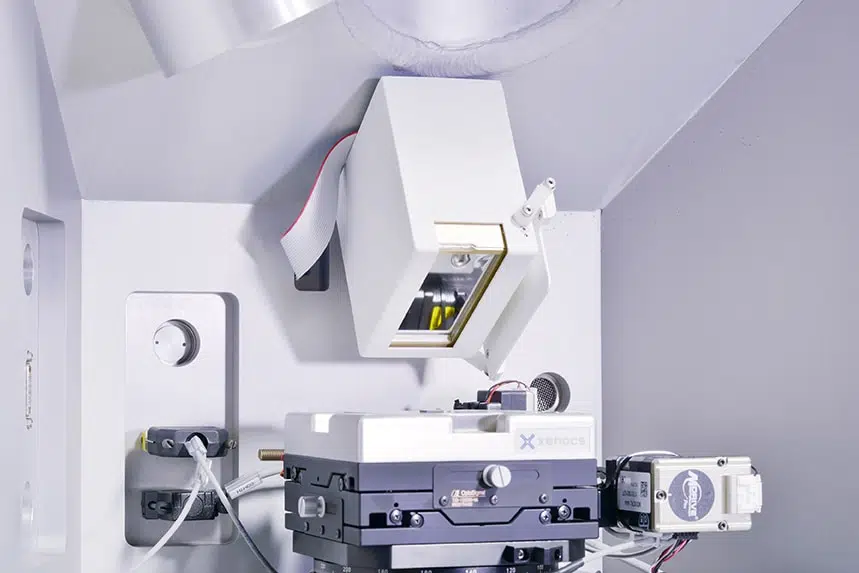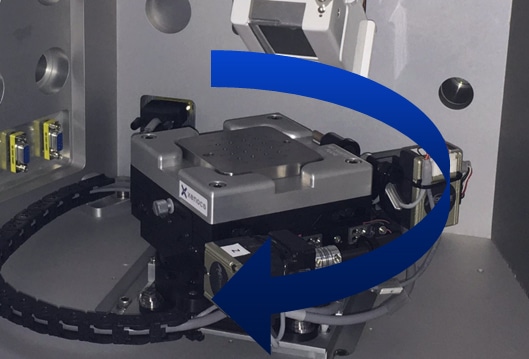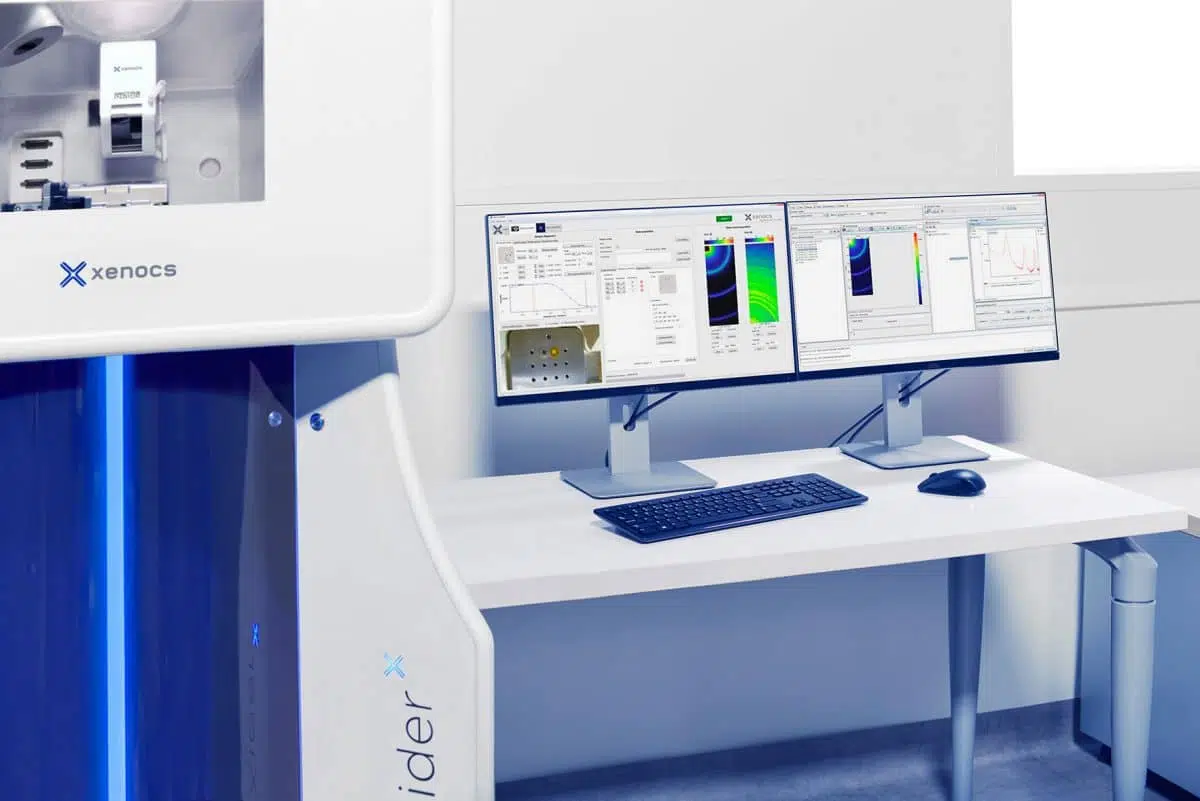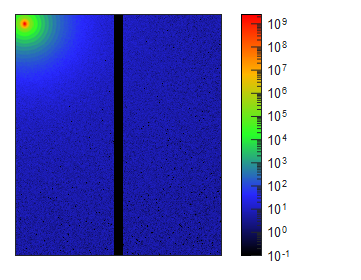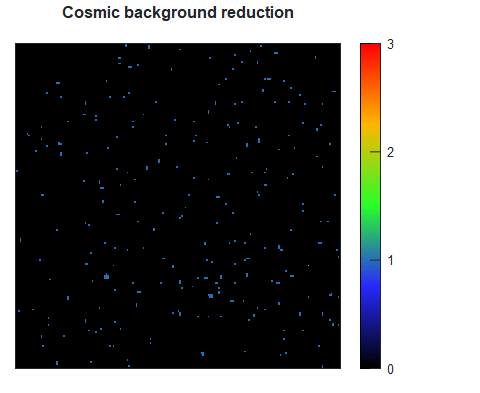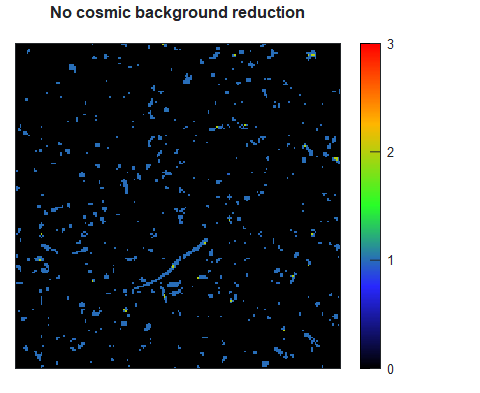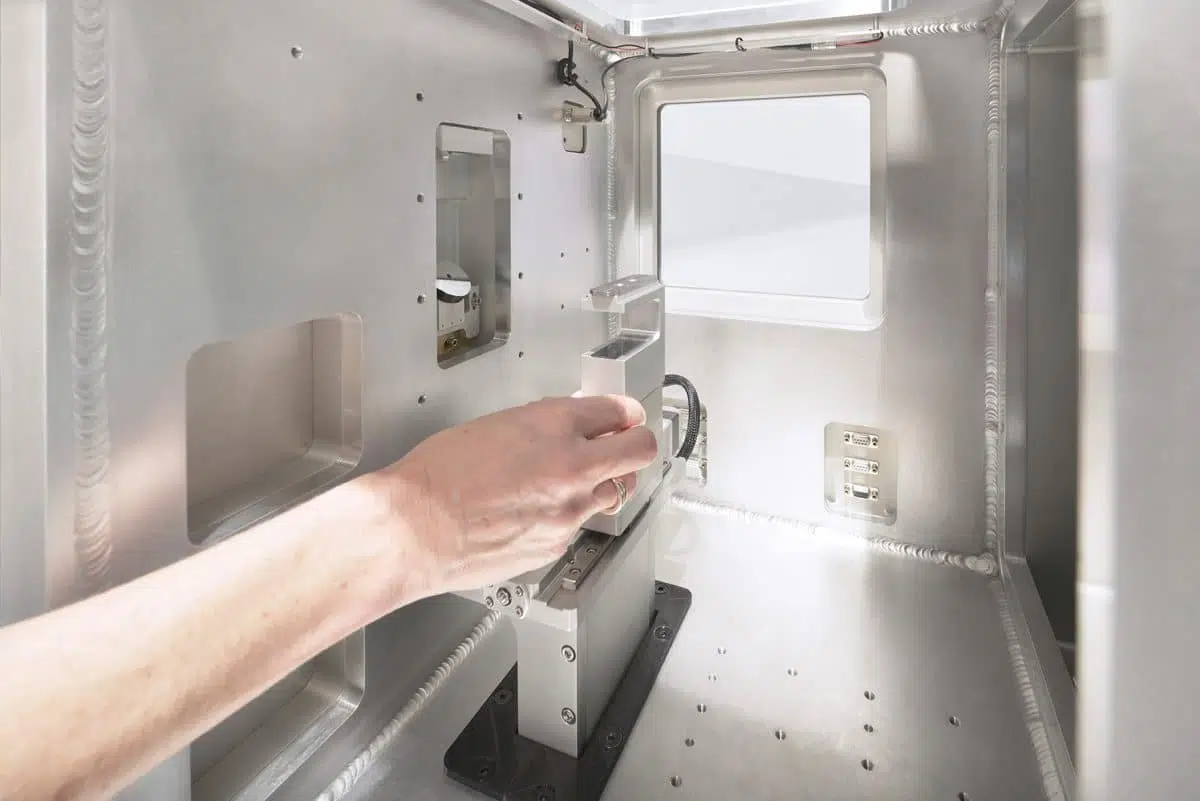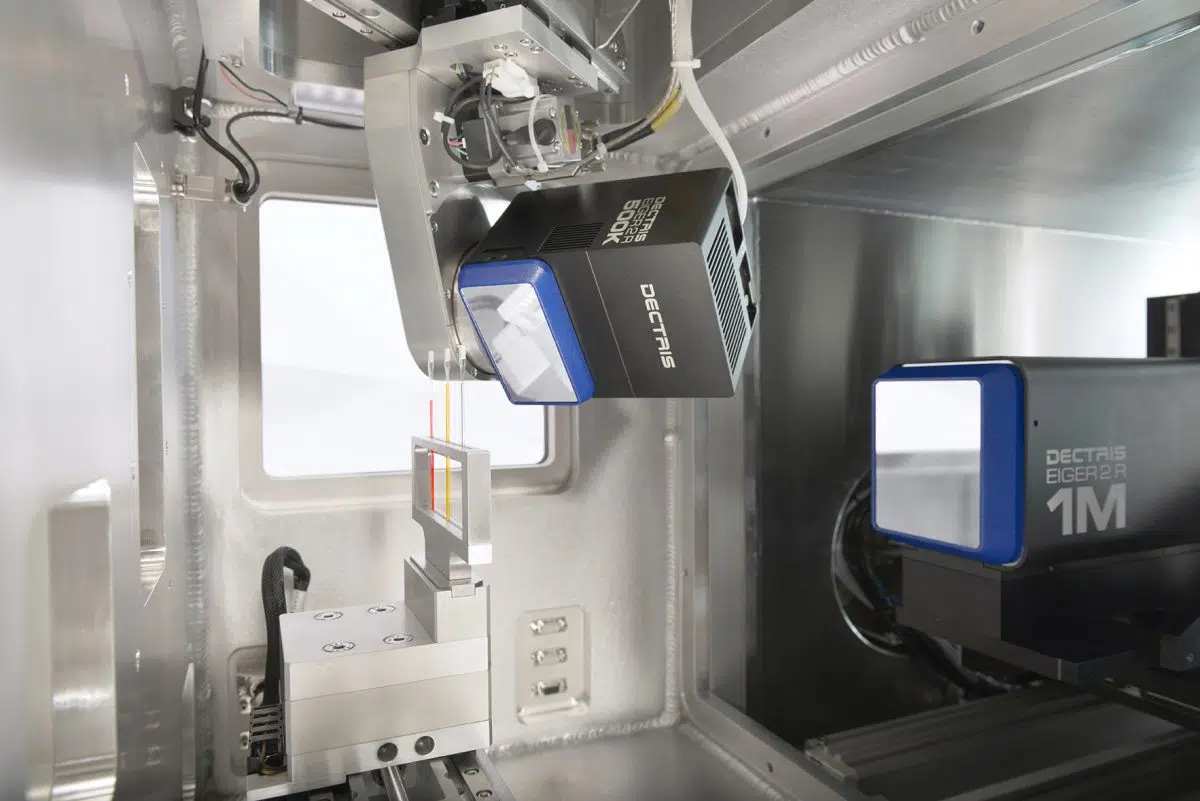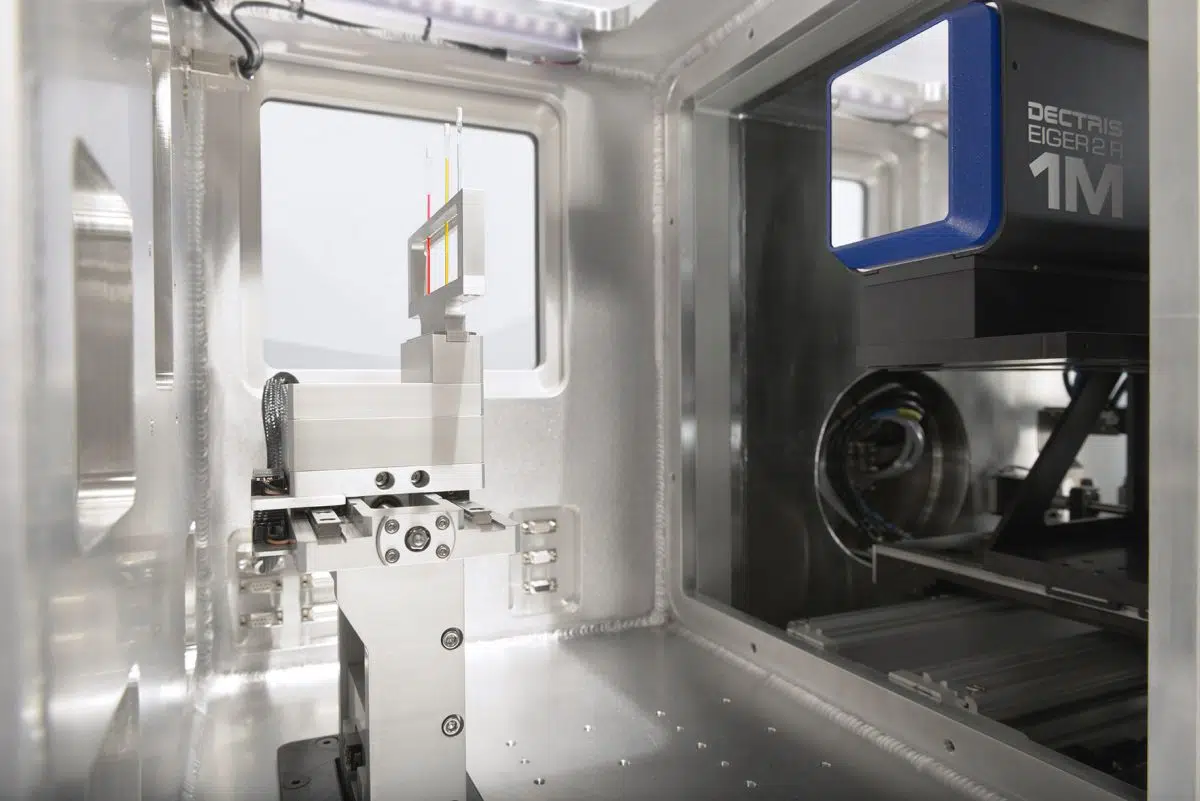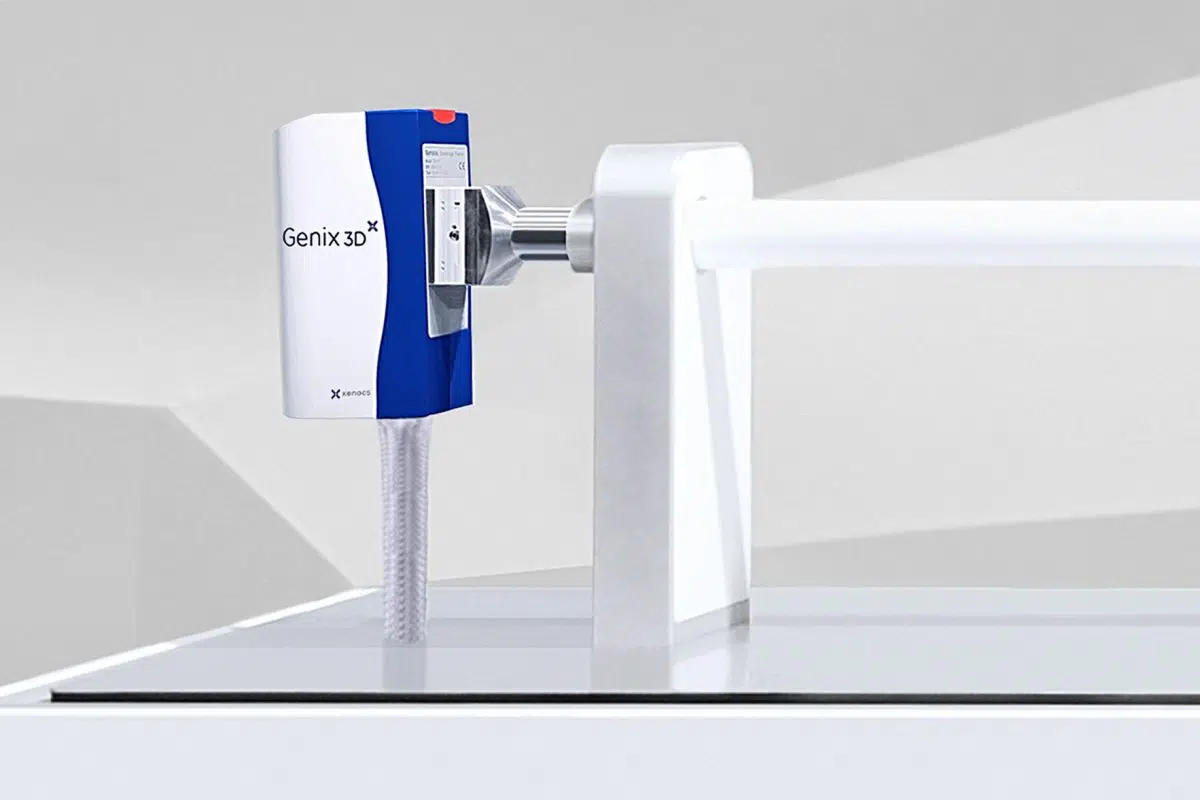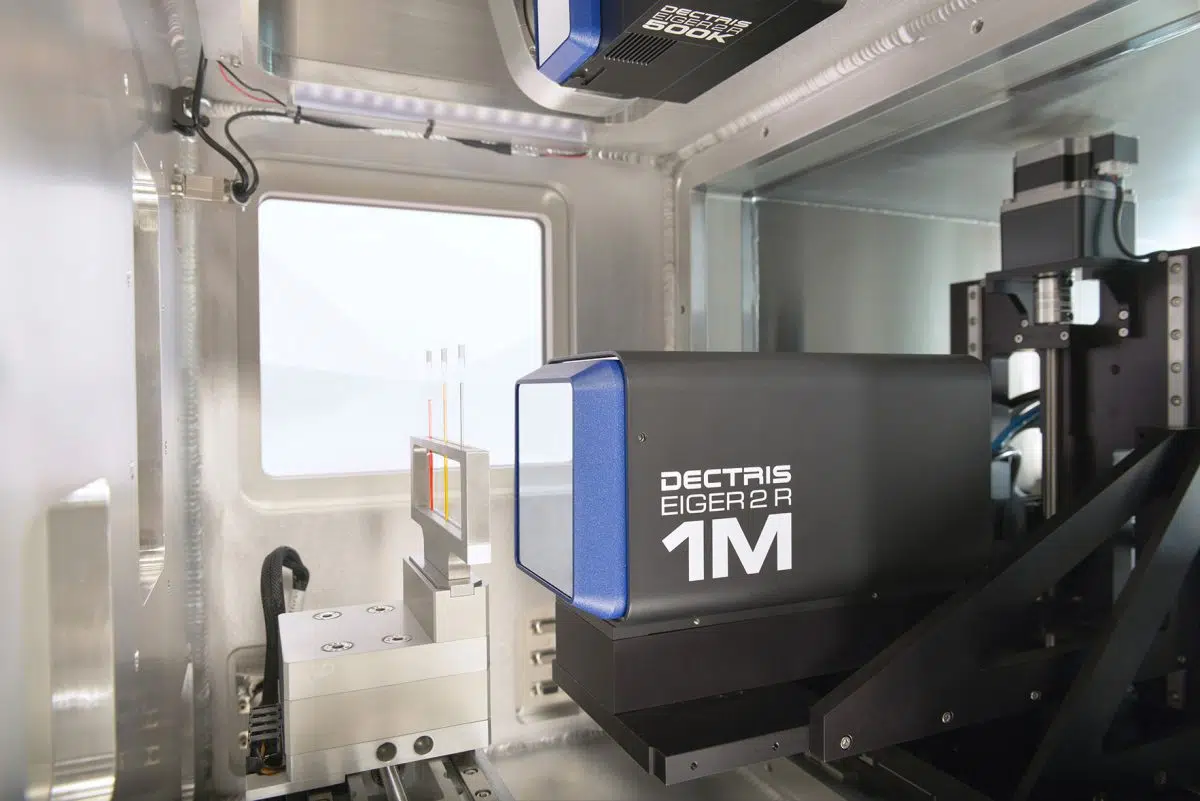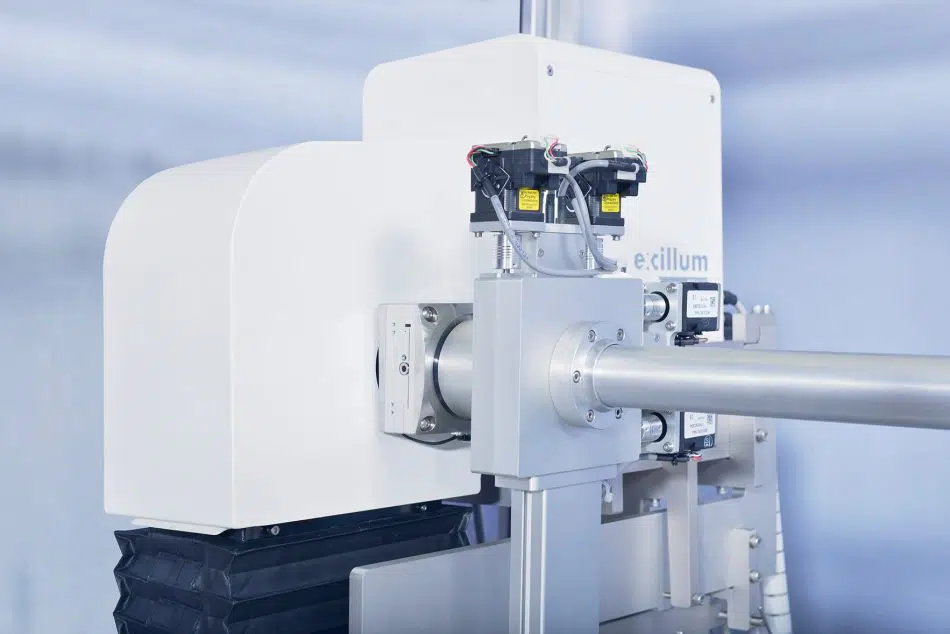Berlin, Germany
2015-09-13
2015-09-18
Cocktail opening celebration
Come & celebrate with us 15 years of innovation!
Monday September 14th, 12:15, Xenocs booth #13
Lunchtime session: SAXS in the lab
Tuesday September 15th, 12:15 – 13:15, Auditorium H0104
Presentation of Xenocs latest product innovations, FrГ©dГ©ric Bossan, Xenocs
Confirmed invited speakers:
- Dr. Olivier Diat, ICSM, France
- Dr. Youli Li, MRL, University of California, Santa Barbara, USA
- Prof. Dr. Thomas Hellweg, University of Bielefeld, Germany
“ Mo-SAXS bench: a nice tool in a physical-chemistry lab. ”
Corso, J. Cambedouzou and O. Diat
ICSM, UMR 5257 (CEA/CNRS/UM/ENSCM), BP 17171, 30207 Bagnols sur CГ©ze, France
EmailВ : [email protected]
Abstract :
As mentioned in the definitions of the Institute of Separative Chemistry in Marcoule (ICSM), scattering techniques using hard x-rays were necessary and very suitable for some studies of nuclear materials and separative chemistry investigations with heavy ions (metals recycling).В A small angle scattering camera was implemented in our lab to fulfil the required specifications and a Mo-radiation was chosen. The SAXS set-up from Xenocs combines a micro- X-ray source coupled with a curved multilayer optics with a collimating geometry using scatterless and motorised slits as well as a large 2D detector (Mar-Research 345) with an on-line readout. A full q-range between 2.10-1 and 30 nm-1 is covered at a fixed detector position. The flux at the sample position is about 3.106 photons per second with a high ratio signal/noise (105) at the border of the beamstop.В This set-up allows us to cover a wide type of experiments in absolute scale on solid (mesoporous materials) on liquids (solvent extraction and microemulsion, large ionic species in interactions) with a time-resolution of few minutes that can be sometimes useful to follow slow reactions such as geopolymerisation, as many examples that we will present in this contribution to highlight the performance of this SWAXS camera. Moreover, this setup allows us to require beamtime to synchrotron radiation or neutron facilities only for contrast variation and high time- and q-resolved experiments.
“ Laboratory SAXS-WAXS: first-hand experiences in a multiuser research facility. ”
Youli Li
Materials Research Laboratory, University of California at Santa Barbara, Santa Barbara, CA 93106, USA
E-mail: [email protected]
Abstract :
We will present two aspects that are related to application of laboratory SAXS-WAXS techniques in a multidisciplinary research facility. In the first part we will present some latest SAXS-WAXS technological advances leading to enhanced performance, including optics, system design and detectors. In particular we will present first side-by-side laboratory SAXS-WAXS comparison results of Pilatus and Eiger series of detectors. In the second part of the talk we will show examples of scientific research in which laboratory SAXS-WAXS provided key insights.В
“ Characterization of the 3H3 Antibody Fragment by Scattering Methods.”
В Frank LГјdel1, Sandra Bufe2, Willem BleymГјller2, Hartmut Niemann2, Thomas Hellweg1
 1Department of Chemistry, Physical and Biophysical Chemistry, Bielefeld University, Universitätsstraße 25, 33615 Bielefeld, Germany
2Department of Chemistry, Structural Biochemistry, Bielefeld University, Universitätsstraße 25, 33615 Bielefeld, Germany
E-mail: [email protected]
Abstract :
Antibodies feature highly specific binding and are therefore used for therapeutical purposes or for medical imaging. Besides the use of the whole antibodies the application of antibody fragments is widely spread and provides further advantages [1,2]. Antibody fragments can be produced more easily, show better pharmaco-kinetic profiles due to their size and can be used in drug targeting and as building blocks in biochemical engineering [3,4].В Single chain variable fragments (scFv) represent one type of antibody fragments. They are artificially created antibody fragments generated by fusion of the immunoglobulin (Ig) variable regions. ScFv are able to form dimers, so called diabodies, with two antigen binding sites [5]. In this work a 3H3 diabody expressed in P. pastoris should be used for crystallization after several steps of chromatographic purification. The molecular mass of the desired diabody is 53.9В kDa but the results of the size exclusion chromatography (SEC) showed products with a molecular mass of approximately 35В kDa. Up to now all attempts to crystallize this diabody for crystallographic investigations have failed and the presence of dimers could not be proven.В For a further clarification dynamic (DLS) and small-angle X-ray scattering (SAXS) were used which allow the investigation of the protein in solution and thus in native environment. Measurements of samples with different protein concentrations were performed. The comparison of the normalized scattering intensities showed no concentration related dependency. The radius of gyration and the molecular mass were evaluated using different approaches: absolute calibration, comparison with a standard, indirect-transformation method. The DLS was used for the determination of the hydrodynamic radius of the protein. In a further step rigid body refinement against the scattering was performed [6]. All together the results lead to the assumption that 3H3 actually is a diabody.
[1] Hudson, P. J.; Curr. Opin. Biotech. 1998, 9, 395.
[2] Hudson, P. J.; Curr. Opin. Immunol. 1999, 11, 548.
[3] Dall’Acqua, W.; Carter, P.; Curr. Opin. Struct. Biol. 1998, 8, 443.
[4] Pluckthun, A.; Pack P.; Immunotechnology 1997, 3, 83.
[5] Hudson, P. J.; Kortt, A. A.;В J. Immunol. Methods 1999, 231, 177.
[6] Petoukhov, M.V. & Svergun, D.I.; Biophys J. 2005, 89, 1237-1250.
Lunchtime session: Advanced data processing in SAXS
Thursday September 17th, 12:15 – 13:15, Auditorium H0104
Presentation of Xenocs solution for data treatment based on an exclusive collaboration with Synchrotron SOLEIL, Dr. Peter HГёghГёj and Dr. Sandra Desvergne-Bleneau, Xenocs
Confirmed invited speaker:
- Javier PГ©rez, Principal beamline Scientist, Beamline SWING, Synchrotron SOLEIL, France
Abstract :
Xenocs provides solutions for nanoscale characterization of materials using Small and Wide Angle X-ray Scattering technique. Today’s solutions are based on key components and technologies but also on a comprehensive built-in software for SAXS data reduction, offering new perspectives for advanced SAXS/WAXS measurements in the lab. Such software was developed on the basis of an exclusive partnership with Synchrotron SOLEIL – France.В The wide range of functionalities allows the user to treat in a few minutes a large set of data through a custom macro interface. The different steps required for data reduction are performed through an ergonomic graphical user interface: visualization of the 2D SAXS patterns, tools for masking and defining the context data, direct treatment for obtaining and displaying 1D curves from circular averaging (or azimuthal profile if required), absolute intensity normalization, as few examples. Furthermore, operations on 1D curves as well as preliminary analysis are also available.В Perez, principal scientist on the SWING beamline at Synchrotron SOLEIL, will introduce and illustrate this advanced data processing in SAXS.В This software is fully embedded in Xenocs SAXS/WAXS solutions, as will be demonstrated by Xenocs with some application examples, from anisotropic 2D patterns to BioSAXS data treatment.
Xenocs Lottery
Friday September 18th – 1pm – Xenocs booth
Win a week-end for two in Paris !
To have a hance to win, be on Xenocs booth at 1pm and wear your Xenocs T-Shirt !
В





